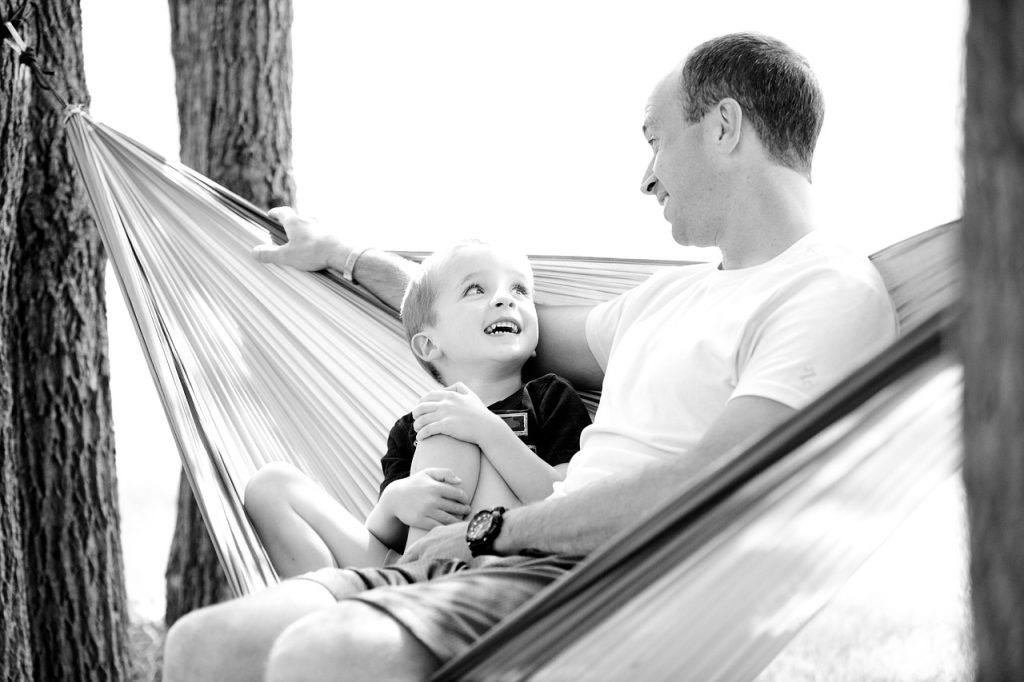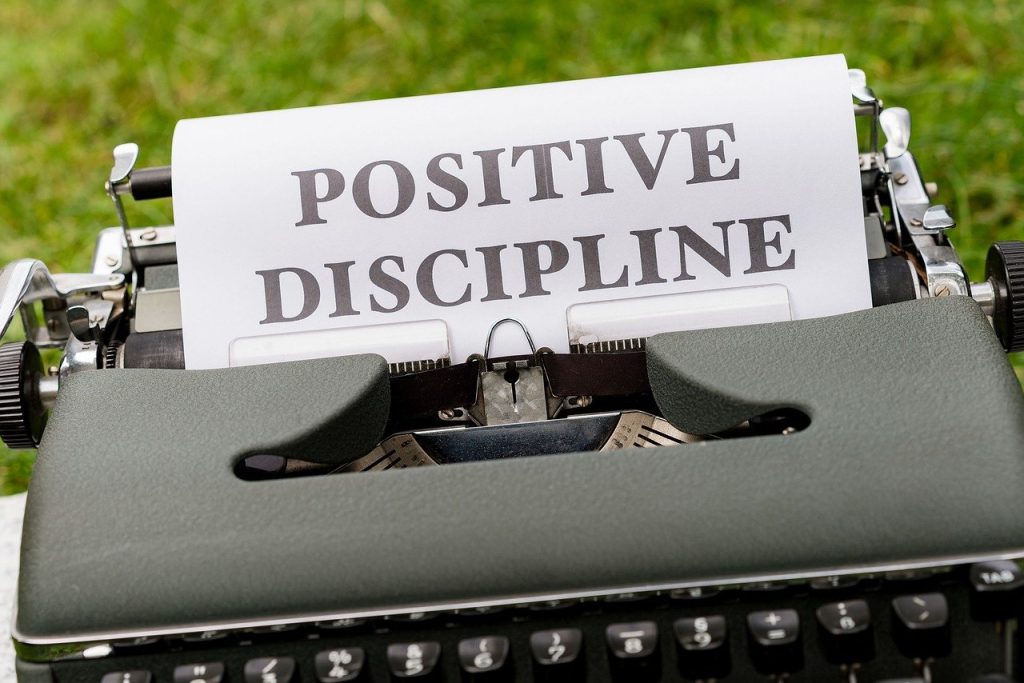Positive discipline is a transformative approach that fosters a supportive learning environment and encourages the holistic development of students. In this comprehensive guide, we will explore the principles and practices of positive discipline in education, shedding light on its effectiveness and benefits for both educators and students.
1. Understanding Positive Discipline
Positive discipline is a philosophy rooted in respect, empathy, and encouragement. Unlike traditional punitive measures, it focuses on teaching students appropriate behavior, problem-solving skills, and social responsibility. The ultimate goal is to create a positive and nurturing learning environment.
2. Building Positive Relationships

At the core of positive discipline is the establishment of positive relationships between educators and students. When students feel a sense of connection and trust with their teachers, they are more likely to engage in the learning process and exhibit positive behavior. Building relationships involves active listening, empathy, and fostering a sense of belonging.
3. Clear Expectations and Consistency
Positive discipline emphasizes setting clear expectations for behavior in the classroom. Educators articulate rules and guidelines, ensuring students understand the parameters for acceptable conduct. Consistency in enforcing these expectations creates a predictable and safe learning environment, promoting a sense of security among students.
4. Teaching Problem-Solving Skills
Rather than simply punishing undesirable behavior, positive discipline focuses on teaching students problem-solving skills. Educators guide students in identifying issues, considering alternatives, and making informed decisions. This approach equips students with essential life skills that extend beyond the classroom.
5. Encouragement and Reinforcement
Positive reinforcement is a key component of positive discipline. Recognizing and praising desirable behavior reinforces a positive learning atmosphere. Whether through verbal praise, acknowledgment, or tangible rewards, positive reinforcement motivates students to continue exhibiting positive conduct.
6. Redirecting Negative Behavior
When faced with negative behavior, positive discipline encourages redirection rather than punishment. Educators help students understand the impact of their actions, guiding them toward more constructive choices. This approach fosters a sense of responsibility and accountability.
7. Collaborative Problem-Solving
Incorporating students into the problem-solving process is pivotal. Engaging them in discussions about behavior and consequences encourages a collaborative approach. This shared responsibility empowers students and reinforces the idea that everyone plays a role in maintaining a positive learning environment.
8. Restorative Practices
Restorative practices are integral to positive discipline. In situations where harm has occurred, educators facilitate conversations between those involved, fostering understanding, empathy, and resolution. This approach emphasizes repairing relationships and promoting a sense of community.
9. Modeling Positive Behavior
Educators serve as role models for students, and positive discipline encourages teachers to exemplify the behavior they expect from their students. Demonstrating kindness, patience, and respect creates a positive learning culture and reinforces the values of positive discipline.
10. Continuous Professional Developmen
Implementing positive discipline requires ongoing learning and development for educators. Staying informed about new methodologies, attending workshops, and sharing best practices with colleagues contribute to the continuous improvement of positive discipline strategies.
11. Parental Involvement
Collaboration with parents is essential for the success of positive discipline. Educators and parents can work together to reinforce consistent expectations and strategies both at home and in the classroom. Open communication ensures a unified approach to supporting students.
12. Creating a Restorative School Culture
Schools committed to positive discipline often cultivate a restorative school culture. This involves integrating restorative practices into policies, curriculum, and daily routines. A restorative school culture promotes empathy, understanding, and a sense of belonging for all members of the school community.
In conclusion, positive discipline in education is a holistic approach that not only addresses behavior but also nurtures the overall well-being of students. By fostering positive relationships, teaching essential life skills, and creating a supportive learning environment, educators can empower students to thrive academically and personally. Embracing positive discipline contributes to a culture of respect, collaboration, and lifelong learning within educational institutions.


 Best Maternity Clothing Stores: Stylish & Comfortable Pregnancy Attire Guide <p style=' font-weight: normal;font-size: 16px !important; text-align: left;'> Find out where to buy the best maternity clothes to be comfortable and well dressed since pregnancy </p>
Best Maternity Clothing Stores: Stylish & Comfortable Pregnancy Attire Guide <p style=' font-weight: normal;font-size: 16px !important; text-align: left;'> Find out where to buy the best maternity clothes to be comfortable and well dressed since pregnancy </p>  Crafting Your Perfect Wedding: A Guide to Unforgettable Nuptials <p style=' font-weight: normal;font-size: 16px !important; text-align: left;'> Find out what it takes to make your dream wedding a reality </p>
Crafting Your Perfect Wedding: A Guide to Unforgettable Nuptials <p style=' font-weight: normal;font-size: 16px !important; text-align: left;'> Find out what it takes to make your dream wedding a reality </p>  Unveiling Excellence: A Closer Look at the World’s Best Schools <p style=' font-weight: normal;font-size: 16px !important; text-align: left;'> Discover the schools that are references in teaching around the world </p>
Unveiling Excellence: A Closer Look at the World’s Best Schools <p style=' font-weight: normal;font-size: 16px !important; text-align: left;'> Discover the schools that are references in teaching around the world </p>
Each line feels like a stepping stone, leading the reader toward greater understanding and insight.
Good shout.
EB
Nice
Nice
IG
thc oil area 52
live rosin gummies area 52
thc microdose gummies area 52
thc gummies for pain area 52
live resin carts area 52
snow caps thca area 52
thc gummies for sleep area 52
pre rolls area 52
live resin gummies area 52
legal mushroom gummies area 52
best indica thc weed pens area 52
sativa gummies area 52
thca diamonds area 52
sativa vape area 52
thca vape area 52
thc gummies
liquid thc area 52
hybrid thc vape area 52
thc pen area 52
thc gummies for anxiety area 52
live resin area 52
thca products area 52
mood thc gummies area 52
distillate carts area 52
liquid diamonds area 52
thca gummies area 52
indica gummies area 52
full spectrum cbd gummies area 52
thcv gummies area 52
thc tinctures area 52
infused pre rolls area 52
hybrid gummies area 52
best thca flower area 52
disposable weed pen area 52
thca disposable area 52
LP
Google Analytics Alternative
При выборе серверов стоит учитывать xrumer proxy, которые обеспечивают анонимность.
При выборе серверов стоит учитывать xrumer proxy, которые обеспечивают анонимность.
В разделе Автоновости на сайте shinapro.in.ua публикуют только актуальные данные. Это помогает быстро сориентироваться.
Hello lads!
I came across a 142 valuable page that I think you should check out.
This tool is packed with a lot of useful information that you might find insightful.
It has everything you could possibly need, so be sure to give it a visit!
https://shankarsharma.org/sports-betting/incredible-sites-in-the-philippines-you-ought-to-see/
Additionally remember not to forget, guys, that a person at all times are able to inside this particular piece locate responses to your most tangled queries. The authors tried — present all information via the most extremely easy-to-grasp method.
Hello friends!
I came across a 142 interesting platform that I think you should explore.
This resource is packed with a lot of useful information that you might find insightful.
It has everything you could possibly need, so be sure to give it a visit!
https://clanvision.org/slots/the-worlds-most-effective-medicinal-plants/
Furthermore don’t forget, guys, that one constantly can in this particular article locate responses for your the very tangled questions. Our team tried to present all data in the most most accessible manner.
Я легко перейшов до потрібного розділу, клікнувши на інформацію, яка була прихована за посиланням. Це зекономило час.
I started taking https://www.cornbreadhemp.com/collections/full-spectrum-cbd-oil a little while ago ethical to observe what the hype was prevalent, and now I indeed look impudent to them preceding the time when bed. They don’t bang me abroad or anything, but they make a show it so much easier to cold and fall asleep naturally. I’ve been waking up feeling pathway more rested and not sluggish at all. Even-handedly, nice of impose upon I’d tried them sooner.
Your article helped me a lot, is there any more related content? Thanks! https://www.binance.info/register?ref=IXBIAFVY